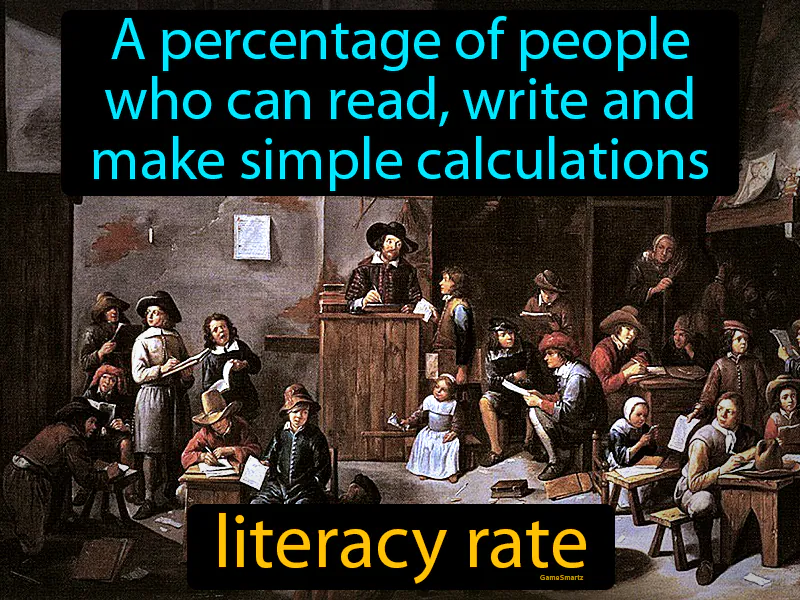Literacy Rate
Literacy Rate: Easy to understand
In East and Southeast Asia between 500-1650, literacy rates were crucial for the administration and cultural development of empires like China and Japan. These regions placed a high value on reading and writing, particularly for government officials who needed to pass civil service exams. High literacy rates helped maintain complex bureaucracies and allowed for the spread of religious and philosophical ideas, such as Confucianism and Buddhism. Today, literacy rates remain important because they affect employment opportunities and quality of life; the ability to read and write is essential for accessing information and participating fully in society. For example, a person who struggles with literacy may find it challenging to understand medical instructions or fill out job applications, directly impacting their health and economic opportunities.

Practice Version

Literacy Rate: A percentage of people who can read, write and make simple calculations. Literacy rate. In history, literacy rate shows how many people had basic reading and writing skills at a certain time and place.